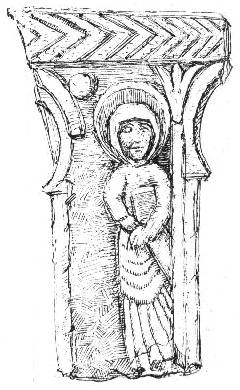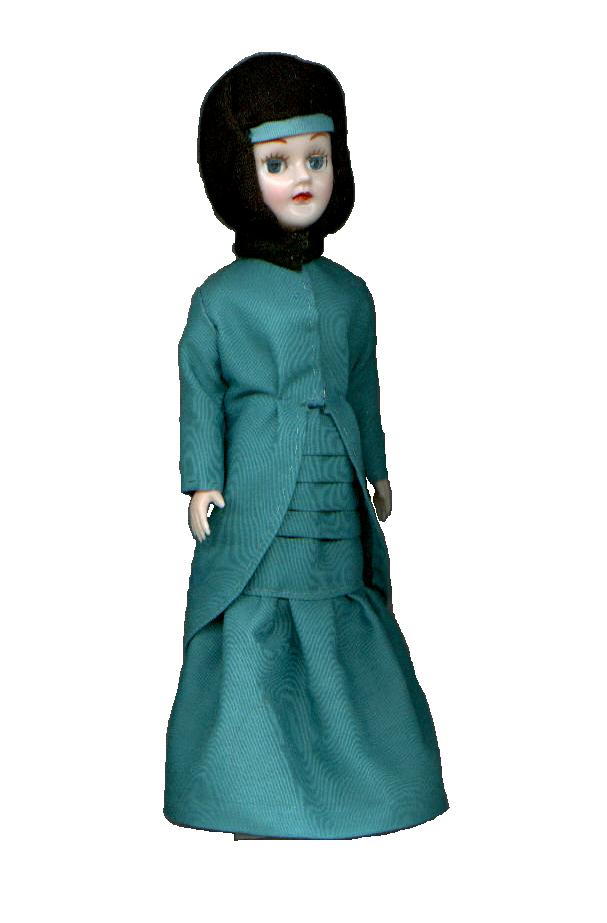|
Tell a friend Bookmark Us Contact Us
Scholar, 5th -6th Century.Source: Authentic specimen of the period shown in the
carvings of Dvin, on display at the Museum of History in Yerevan.Music: Ara Gevorkyan - Dvin.

The Golden Age of Armenia that followed Christianity rested squarely
on the recreation of the Armenian alphabet by St. Mesrop Mashtots in
the 5th Century (405 A.D.). The alphabet was essential to translate
the scriptures into Armenian and make them intelligible to the common people.
HISTORY

|
|
from the carvings of Dvin, 5th-6th Century (Illustration enhanced by A.A.A.Dolls) |
Schools of translators were set up and scholars journied over the major cities
of Asia Minor to procure copies of the sacred writings and other works.
Literature rapidly became available in the Armenian language written in
the new alphabet.
Of the literature being produced, the masterpiece was the Bible. Great
care was taken on this task, and when finally achieved, it was termed
the "Queen of Translations." But there was still a great work to be
accomplished. The Bible had to be introduced to the people. This work
was taken up by the literate women of Armenia. Over the period of a
Century women from all walks of life, the number swelling into the thousands,
left their homes to go among the people, and through instruction of the Bible,
teaching the nation to read and write. In the Philomatic Lady, the
costume of these women has been recreated. The costume is derived
from an authentic specimen of the period shown in the carvings of Dvin,
on display at the Museum of History in Yerevan.
With the rise of Islam in the 7th Century there was a series of Arab
raids on Armenia. Dvin was destroyed and pillaged by the Arabs.
